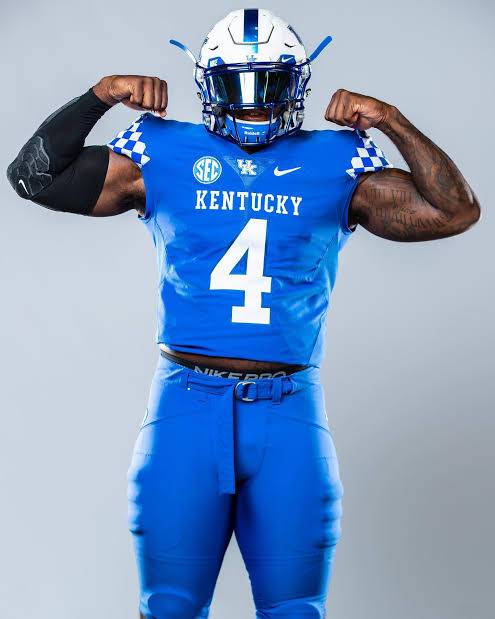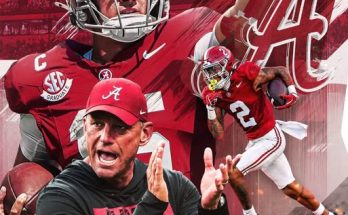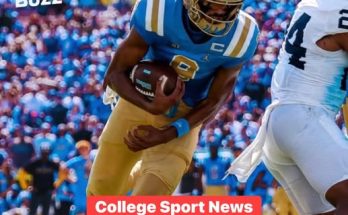The Detroit Lions find themselves at a pivotal crossroads with one of their highest-paid defenders, a player whose performance has fallen dramatically short of expectations. The team’s \$7.7 million investment in this defender has not yielded the kind of impact the franchise had hoped for, with just two sacks recorded over the past three seasons. As the pressure mounts from fans, analysts, and front-office executives alike, the Lions face an increasingly urgent question: Is it time to cut ties and move on from this underperforming asset?
When the Lions signed this player, the anticipation was palpable. The franchise aimed to bolster its defense with a proven pass rusher, someone who could disrupt opposing offenses, generate turnovers, and elevate the team’s overall defensive presence. At \$7.7 million per year, the defender was expected to be a cornerstone in Detroit’s defensive scheme, a disruptive force that could pressure quarterbacks and change the course of games. Yet, three seasons later, the results tell a different story.
Sacks are one of the most visible metrics for defensive players, especially those tasked with pressuring the quarterback. Two sacks over three years is not just disappointing—it is painfully underwhelming. It speaks volumes about a player who has struggled to meet the core expectations of his role. Beyond the numbers, this lack of impact has broader implications. Opposing offenses are able to operate with more comfort knowing the Lions’ pass rush lacks a credible threat. This absence of pressure puts additional strain on the secondary and forces the defense into predictable, reactive play.
The mounting frustration is understandable. Detroit’s fanbase, long starved of consistent defensive dominance, sees this high-priced defender as emblematic of wasted resources and poor personnel decisions. The NFL is a league of relentless competition and unforgiving performance standards. In such an environment, a player who can’t consistently disrupt opposing offenses quickly becomes a liability rather than an asset.
What makes the situation even more problematic for the Lions is the opportunity cost. The salary cap is finite, and every dollar spent on underperforming talent is a dollar not available for other potential upgrades. With \$7.7 million tied up in a player who fails to deliver, the Lions risk hampering their ability to build a more balanced and effective defense. The financial implications are significant—cutting or trading this defender would free up cap space to pursue more dynamic, game-changing players in free agency or the draft.
From a team-building perspective, continuing to retain a high-cost, low-output defender sends a troubling message to the rest of the roster. It undermines the competitive culture and may even stifle the development of younger players who are eager to prove themselves. Coaches and general managers must foster an environment where performance dictates playing time and roster status, not just contracts or past reputations. In this light, moving on from the underperforming defender might be necessary to reinforce accountability and meritocracy within the squad.
There are also tactical considerations. The Lions’ defensive coordinator is under pressure to design schemes that maximize the talents of the entire defensive unit. When a key player struggles to produce sacks and pressures, the coordinator must compensate by shifting responsibilities or simplifying game plans, potentially making the defense easier to predict and exploit. Removing or replacing the underperforming defender could open opportunities for more aggressive, flexible defensive strategies that better leverage the strengths of other players on the roster.
Critics may argue that sacks don’t tell the full story of a defender’s contribution. It’s true that pressures, quarterback hits, run defense, and the ability to collapse the pocket without recording sacks are valuable traits. However, over three seasons, the lack of sacks combined with an absence of other impactful plays strongly suggests the player has not consistently influenced the game to the degree necessary for a \$7.7 million salary.
The Lions’ front office must weigh all these factors carefully. On one hand, there may be contractual penalties, dead cap implications, or a desire to see if the player can rebound in a new scheme or with renewed motivation. On the other hand, holding onto an underperforming defender can stifle the team’s overall growth and competitiveness. Ultimately, tough decisions are a hallmark of successful organizations, and the Lions may need to make a decisive move to signal a fresh start on defense.
From the fan perspective, patience has worn thin. The city of Detroit prides itself on grit and resilience, qualities mirrored in its sports teams. Fans want to see those traits reflected on the field—players who fight hard, produce results, and justify their paycheck. The current defender’s lack of sacks and minimal disruption has fueled dissatisfaction and skepticism about the team’s direction and management.
The timing of this crossroads could not be more critical. The Lions have been investing in younger talent and reshaping their roster with the hope of becoming playoff contenders. The presence of an expensive underperformer creates a bottleneck in this rebuilding process. Moving past this chapter and reallocating resources could be the catalyst the Lions need to accelerate their defensive resurgence and finally break free from years of mediocrity.
In summary, Detroit’s dilemma with its \$7.7 million defender is emblematic of the broader challenges NFL teams face in balancing investment with performance. The glaring discrepancy between salary and output, especially in the form of just two sacks over three seasons, makes a compelling case for the Lions to reconsider their commitment. To foster a culture of accountability, maximize cap flexibility, and empower tactical innovation, the franchise may have to pull the plug on this underperforming defender sooner rather than later. Time, it seems, is up in Detroit.



